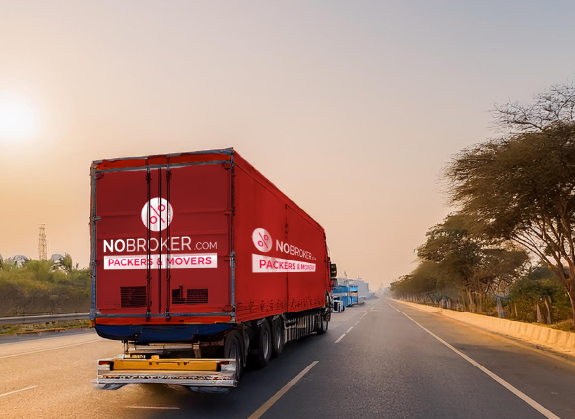India’s land revenue system is rooted in its history. I will tell you what is land revenue system in India is through its history. Before India gained its freedom, during the colonial era, the British instituted the Land Revenue System. Emperors and kings have regarding the division of the land into jagirs as a sacred practice ever since the Mughal dynasty dominated India. Jagirs are managed by jagirdars, who act as owners.
The land is subsequently divided into other portions, which the jagirdars sell to other inferior zamindars. Peasants were compelled to cultivate in the ground by zamindars in return for a charge that was a percentage of their income. One of the main sources of income for British people in India was land and farming. There were primarily three types of land revenue systems in existence during British rule in India.
What is land revenue system In India By Britishers?
Before the nation gained its independence, there were three main types of land ownership in use:
The Zamindari System:Zamindars, who served as intermediaries in the Zamindari system, obtained land revenue from the farmers. 10% of the total amount of land money collected by the zamindars was set aside for the government, with the remaining 90% going to the zamindars.
The Permanent Settlement Agreement:The Permanent Land Revenue Settlement recognised the Zamindars as legitimate proprietors. They were instructed to give the state 88% of the yearly income while holding back 12% for their own use. The domestic affairs of the various regions were given to the zamindars' discretion.
The Ryotwari System:In British colonies in India, the idea of Permanent Settlement was abandoned. Under the Ryotwari system, farmers made direct payments to the government in exchange for land revenue. In this system, the sale, transfer, and leasing of land were entirely under the jurisdiction of a sole cultivator known as Ryot.
The ryots could not be driven off their property as long as they paid their rent.
The Mahalwari System:Business authorities decided that the income system needed to be changed once more at the beginning of the nineteenth century. When the corporation needed additional cash to pay its operating and trading expenses, the revenue could not remain stable indefinitely.
For the reason of collecting land revenue streams, the community was referred to as "Mahal" and was treated as a single entity.
Present land revenue system in India
The British land revenue systems vanished from India after independence, and the country's constitution was completely revised. As a result, the land now comes underneath the concurrent list whereas agriculture is covered by the state list.
Agriculture revenue is therefore exempt from taxation under the Income Tax Act and isn't included in a person's personal income. State governments may also impose taxes on agricultural income if the amount reaches ₹5,000 annually.
In addition, a number of taxes and levies, including property tax, long-term capital gains tax, registry fees, etc., are levied on non-agricultural land.
This is what is land revenue system.
Read More: How to Pay Land Revenue Online in Odisha? How can I pay my land tax? What is the Sale of Agricultural Land Taxability 2022?Your Feedback Matters! How was this Answer?
Shifting, House?
✔
Lowest Price Quote✔
Safe Relocation✔
Professional Labour✔
Timely Pickup & Delivery
Intercity Shifting-Upto 25% Off
Check Prices

Intracity Shifting-Upto 25% Off
Check Prices

City Tempo-Upto 50% Off
Book Now
Related Questions
Leave an answer
You must login or register to add a new answer .









What is Land Revenue System?
Vansh
196 Views
1
2 Year
2022-10-20T10:11:00+00:00 2022-10-20T10:11:03+00:00Comment
Share